The photographers who captured 10 of the year's most powerful images tell the story behind the moment.
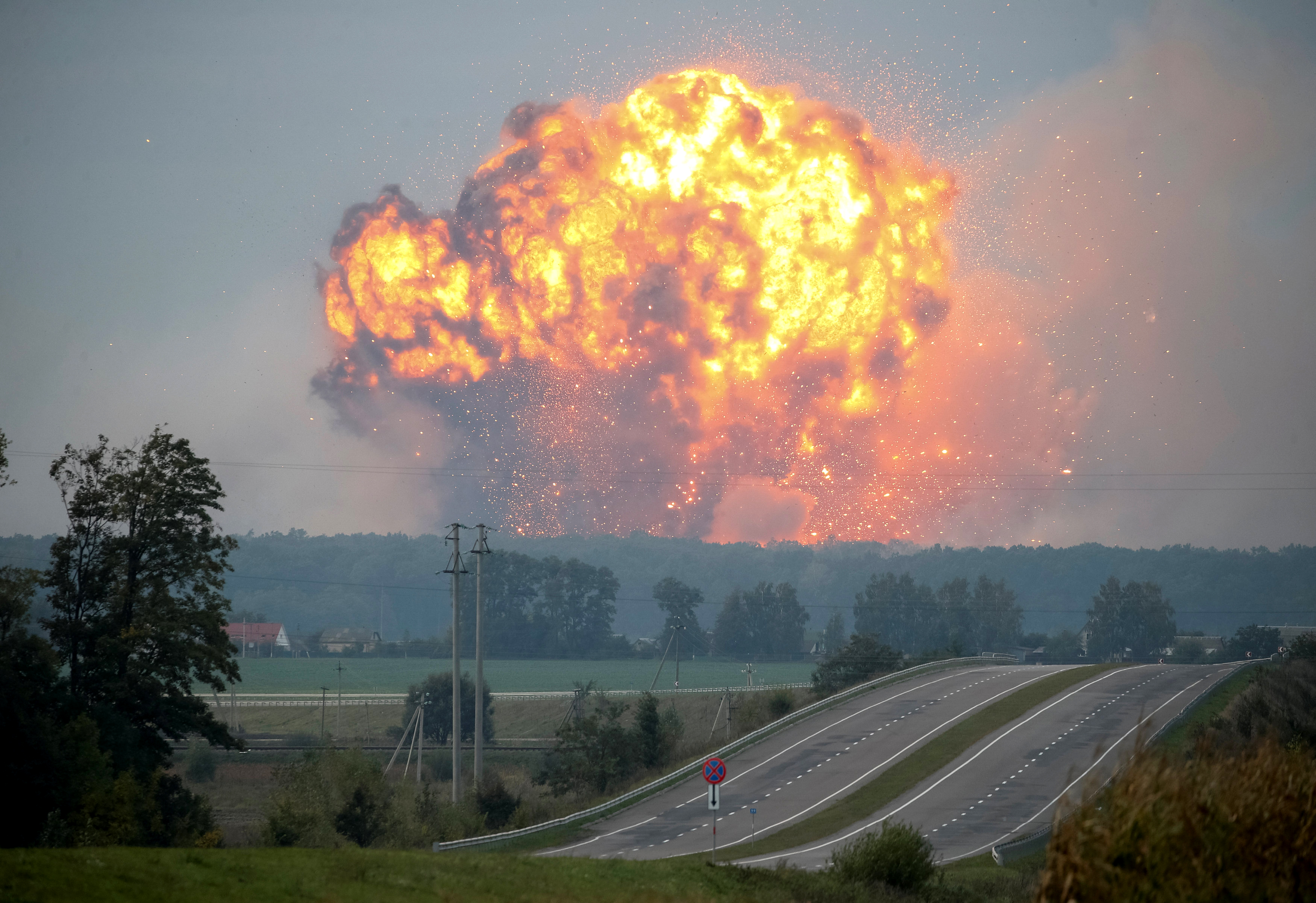
After driving through the night and talking their way past several police checkpoints, Reuters photographer Gleb Garanich and his videographer colleague were trying to determine just how close they could safely get to the rockets they could see twirling into the dawn sky. Garanich told RFE/RL by e-mail that the question was answered when "a big piece of metal pipe, likely the body of an Uragan missile" slammed into the bushes around 200 meters in front of their car. It was, he said, "a clear sign that it was time to stop."
After pulling on flak jackets the journalists snapped their cameras onto tripods and trained their lenses on the sputtering blaze. Within five minutes this explosion lit up the horizon. "Some 10 seconds later we were shaken by the blast wave and roar," Garanich recalled. Aside from this moment, the photographer says, the lasting memory he has of that morning is of the frightened faces of fleeing locals "who couldn't believe such a thing could have happened to them almost 1,000 kilometers from the front line."
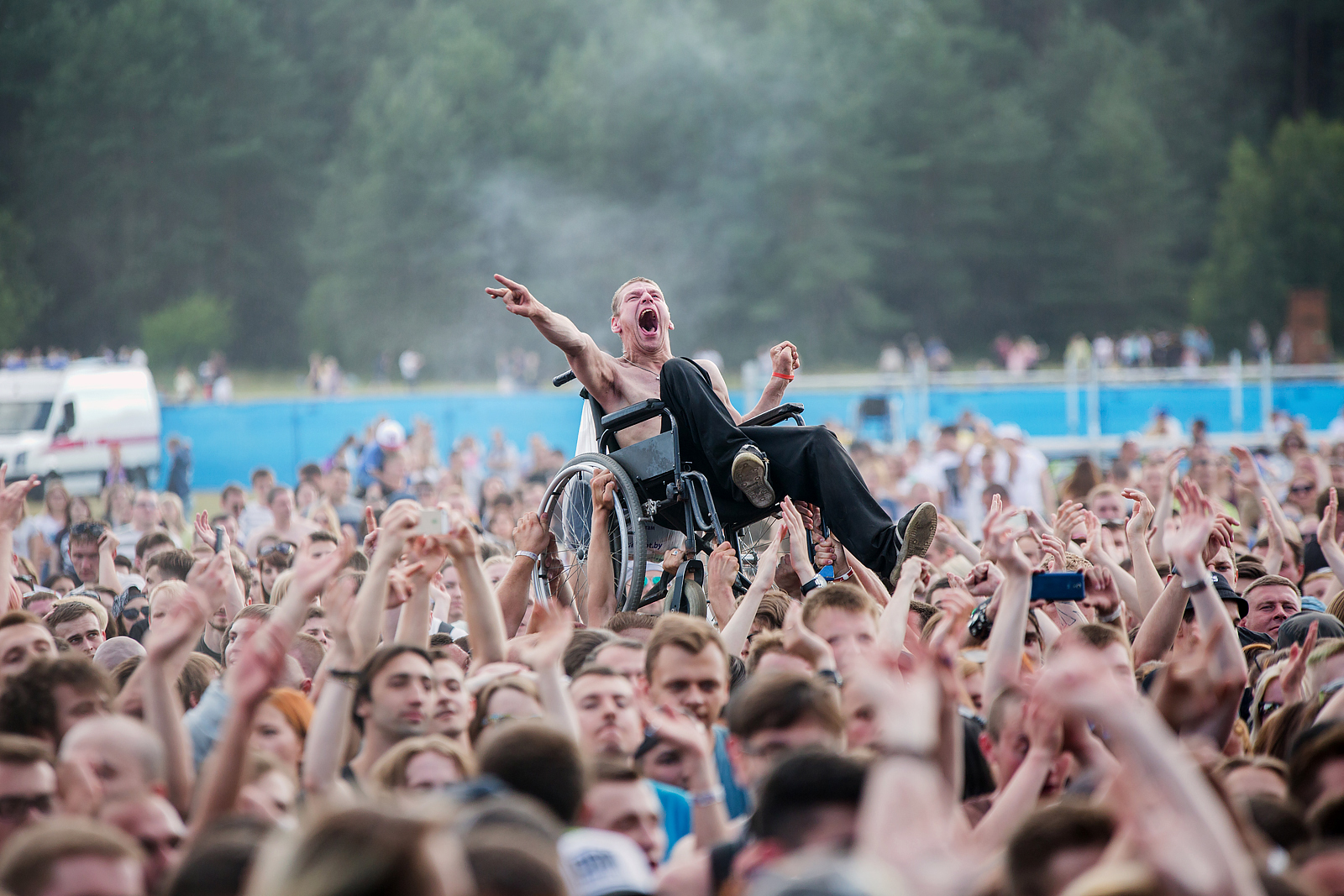
As the band Dai Dorogu (Clear The Road) began its set at the Rock Za Bobrov music festival, Paval Konovalchik was doing his best to clear his own road to the stage. The wheelchair-bound fan recalled saying, 'Let me through, let me through!"
Then, as photographer Alexander Kandybo watched from near the stage, a group of strangers grabbed hold of Konovalchik's wheelchair and lifted him above the crowd. Kandybo told RFE/RL by telephone that Dai Dorogu has "these very upbeat, jumpy songs, and the song that was playing was Jump Into A Carriage [in the Russian language "carriage" can also mean wheelchair] and then there was this guy in a wheelchair up above the crowd just rocking out, totally loving it."
The photographer said Konovalchik was held aloft through two songs, dancing throughout. "There was a huge reaction to the photo," he said. "It's definitely the one picture I've taken that has resonated the most with people." As for Konovalchik, his memory of the event is clearly one that will have him singing for a lifetime. As he later told an interviewer: "I could have flown."

Through the noise and chaos of Syria's civil war, it was this image of an elderly man enjoying a moment of peace amid the rubble that caught the world's attention.
The man is Mohammed Anis, who made his fortune with a cosmetics factory and spent much of it collecting classic cars. Most of his 24 cars were destroyed during the war, despite his best efforts -- including convincing rebel fighters not to mount an antiaircraft gun on his 1958 Chevrolet.
When AFP photographer Joseph Eid and a journalist colleague met Anis, the 70-year-old invited the two into the bomb-battered home he had refused to leave through the years of violence. As they wandered into this bedroom, Eid noticed the hand-cranked gramophone, a luxury unaffected by Aleppo's electrical shortages, and asked Anis if it worked. "Of course!" the old man replied. "But first I have to light my pipe, because I never listen to music without it."
Eid told RFE/RL by e-mail that he believes the power of the image is that "it summarizes the tragedies of the Syrian war without showing any graphic content.... It simply talks about the power of life." The last the photographer heard, Ani had restarted his cosmetic business and was busy rebuilding his home.
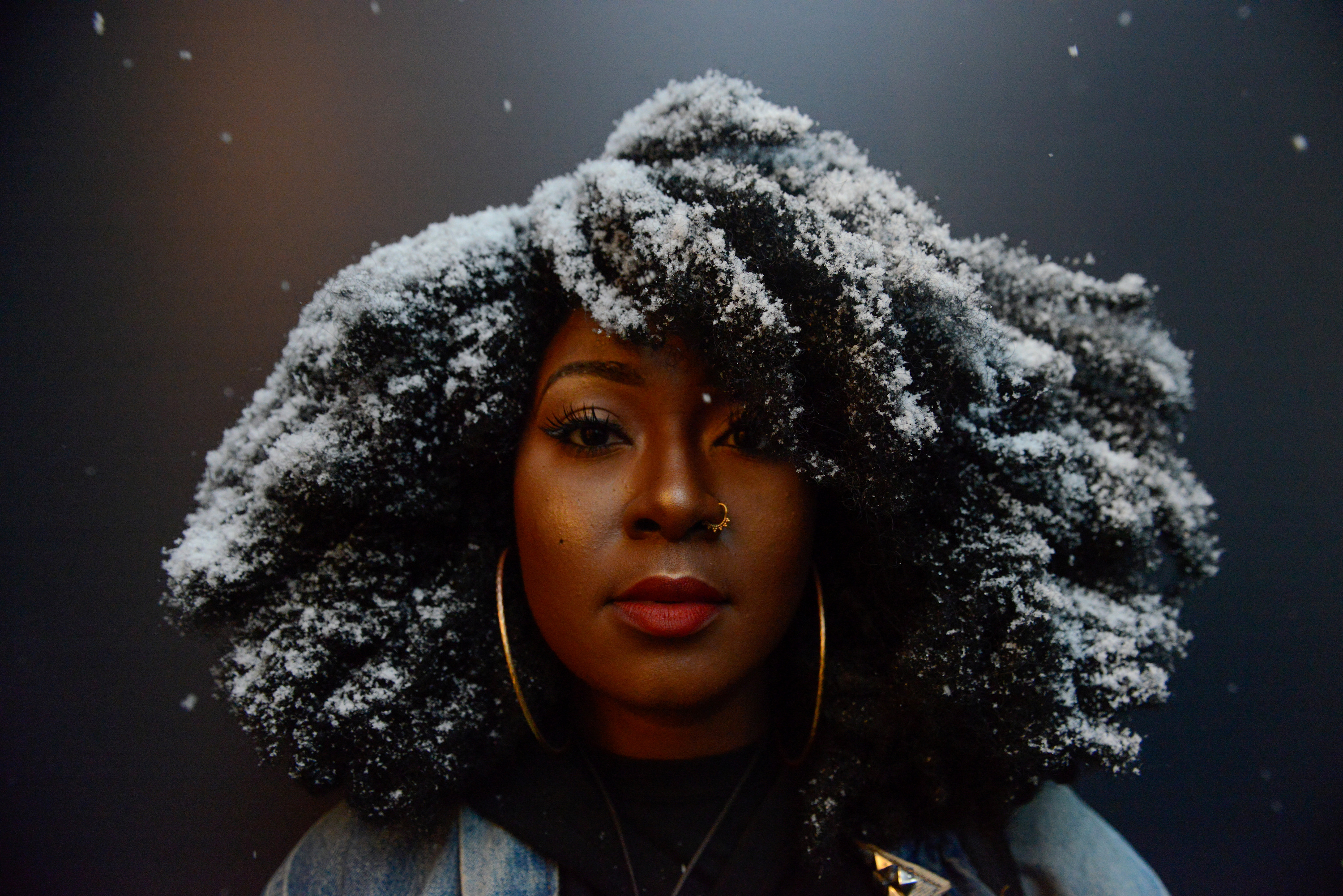
After a long, boring day camped outside Trump Tower, the media scrum hoping for a glimpse of the incoming president was beginning to pack up and head home.
Photographer Stephanie Keith told RFE/RL by phone that "I was working for Reuters that day and I remember the [Associated Press] guy saying: 'Oh you should leave, too.' Because, you know, if Reuters leaves then AP can leave, too." But the award-winning photographer knew a Black Lives Matter protest was planned, so she stayed on. When the marchers finally arrived in fading light, snow-dusted Kandy Freeman drew Stephanie in immediately. "I thought she was so striking and beautiful."
Stephanie asked the young protestor if she could take her portrait, then pulled her into the glow of a jewelry store's window. "The shoot that we did literally lasted for two minutes because the whole time the guy from the jewelry store kept yelling at us, 'Get outta here! Get outta here!' because we were, like, 'protestors'. Afterward I sent my photos and I almost didn't send that one in, I just didn't know if it had enough 'news content'. After the portrait was published around the world the photographer received a note from Kandy Freeman thanking her for the "empowering" image.
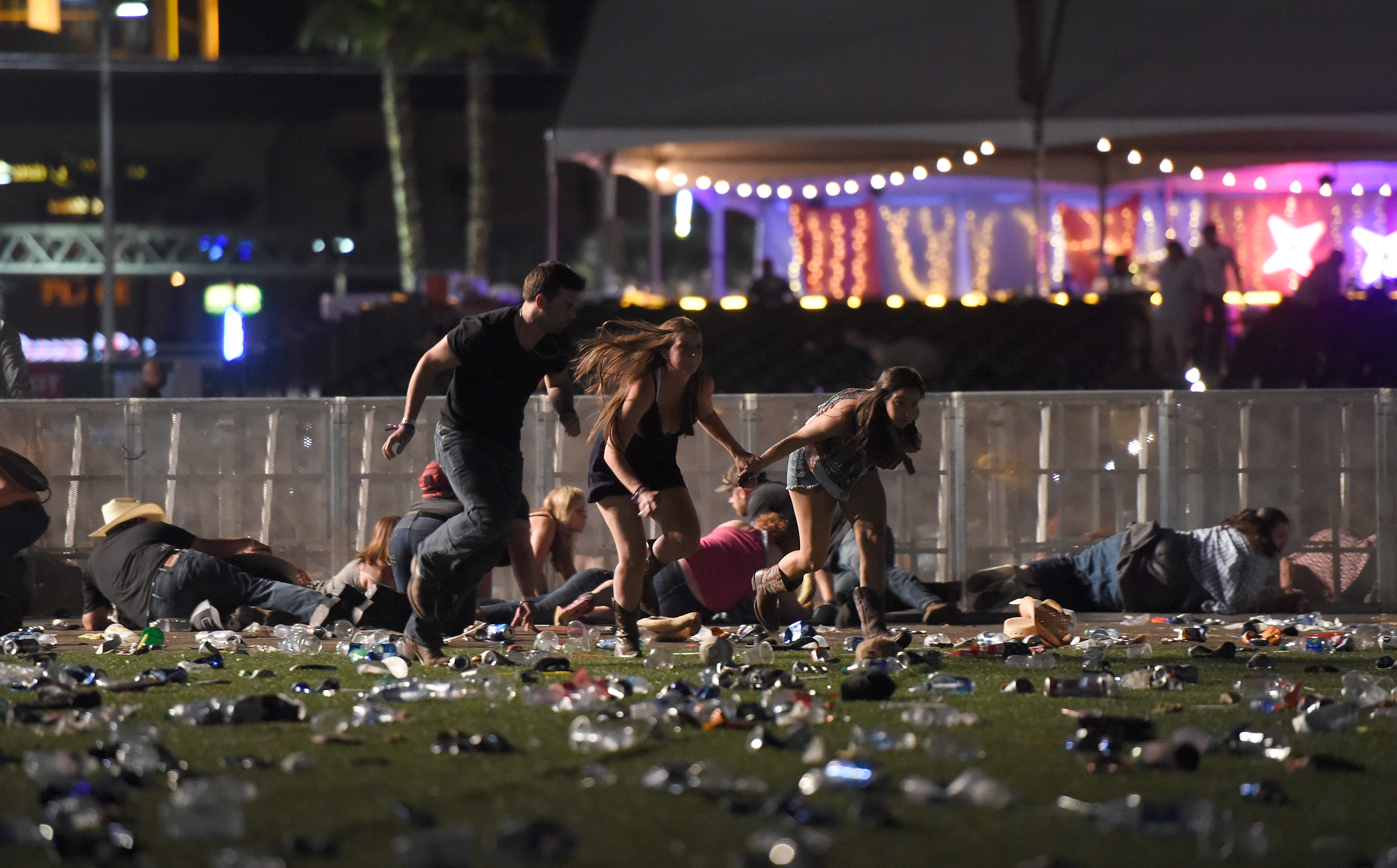
As he recalls witnessing the United States' most deadly mass shooting, photographer David Becker says his state of mind was one of denial.
After hearing loud popping sounds, Becker left the media tent to investigate and was told by a security guard that it was faulty sound equipment. The freelance photographer explained to RFE/RL by phone from Las Vegas that "at the time that I'm photographing [people fleeing] I'm thinking, 'It's malfunctioning speakers.' At least that's what I'm telling myself. And people are panicking and running for their lives and it's like, 'hey, you gotta show this.'"
Another factor that added to the confusion that night was just how dark it was. Becker's high-end Nikon cameras (shooting at 10,000 ISO) were able to record details that Becker himself could not see. "I could just see outlines and people lying there," he said. It was only when he checked his photographs and saw the blood on the victims that he began to grasp the scale of the horror he was caught up in. "Then it occurred to me the amount of possible danger I was putting myself into."
With the other photographers scattered throughout the festival grounds, including one colleague who was "taking fire" inside one of the festival's VIP tents, Becker hurried back into the media tent and filed his photos. After 10 minutes he was escorted off the festival grounds and ended up staying in his car overnight as his photographs popped up on the front pages of nearly every major news organization around the world.
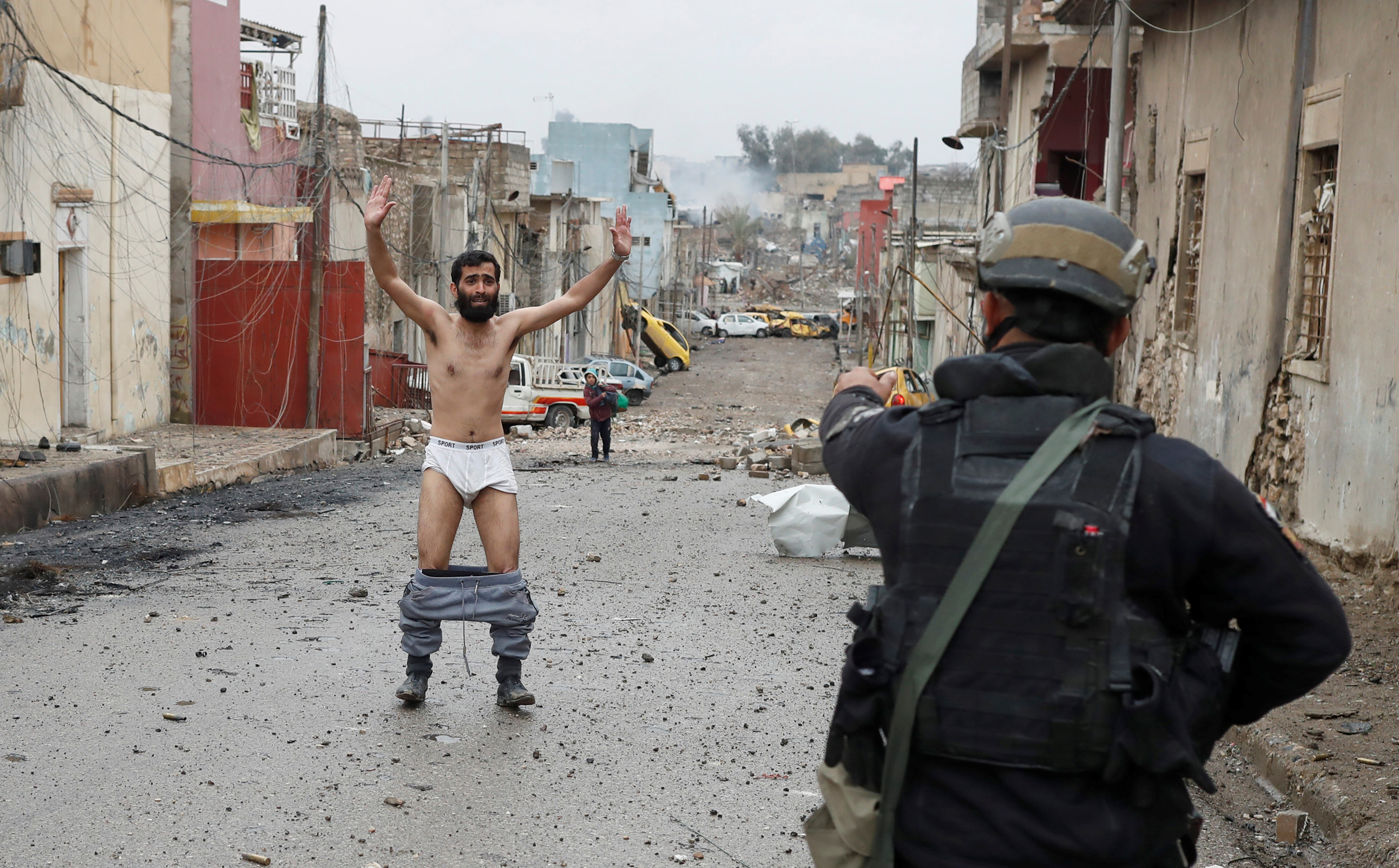
On March 3, Reuters photographer Goran Tomasevic barely escaped death while embedded with a "probe" of Iraqi soldiers stalking through a neighborhood held by Islamic State militants.
When heavy shooting suddenly erupted around them Tomasevic saw one soldier shot dead as they sprinted into a nearby house. Once inside, a soldier Tomasevic was speaking to was shot in the head by an Islamic State sniper. Then, as night began to fall, a militant with a suicide bomb vest ran toward the front door of the house and was shot dead meters away from Tomasevic.
The next day the veteran war photographer was faced with this scene that illustrated the terrible novelty of modern war: As residents of Mosul fled toward Iraqi forces, both the soldiers and fleeing civilians had to act with desperate caution. "When they reached the special forces lines, males were ordered to lift their shirts to prove they weren't suicide bombers," Tomasevic explained to a Reuters colleague. As soldiers checked the men for explosives others "were firing their guns in the air to slow the residents down, shouting at them in Arabic."
The Serbian-born photographer, who has photographed most of the world's recent conflicts, says he has no trouble stepping back into normal life. He told the BBC that "I just go out, eat a couple of steaks, and drink a lot of beer. I check out the football and I'm happy. I'm not one of the photographers who have bad dreams, but I have memories. You learn something from each of these memories."
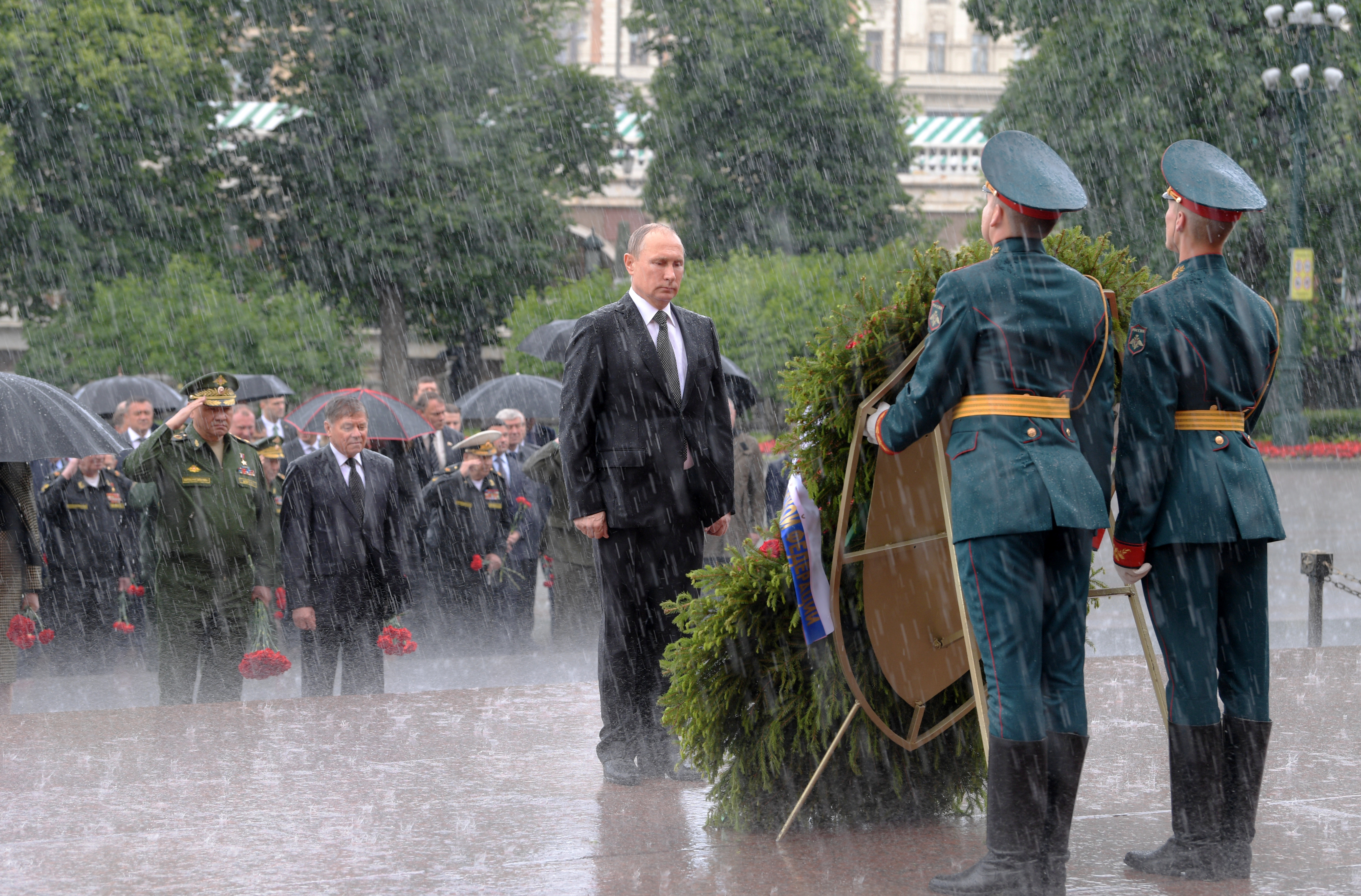
June 22 dawned chilly and changeable in Moscow, but by the time photographer Aleksei Druzhinin was in place near central Moscow's eternal flame, the sunshine was warming the Kremlin's walls and "it looked like it would be sunny all day," he recalled.
The photographer, who works for Putin's presidential administration, told RFE/RL in a Facebook message that as Russian officials approached the wreath, "the rain came down in buckets" and continued to hammer down until the moment the Russian president left, around 15 minutes later.
The photographer downplays the part he played in the fame of the image. "The reaction was not to the photo itself, but to the fact Putin had refused an umbrella and stood in mourning in the rain." Later, when a student asked Putin about his decision to forego an umbrella, the Russian president added to his carefully crafted hard-man image, telling the young woman: "I'm not made of sugar."
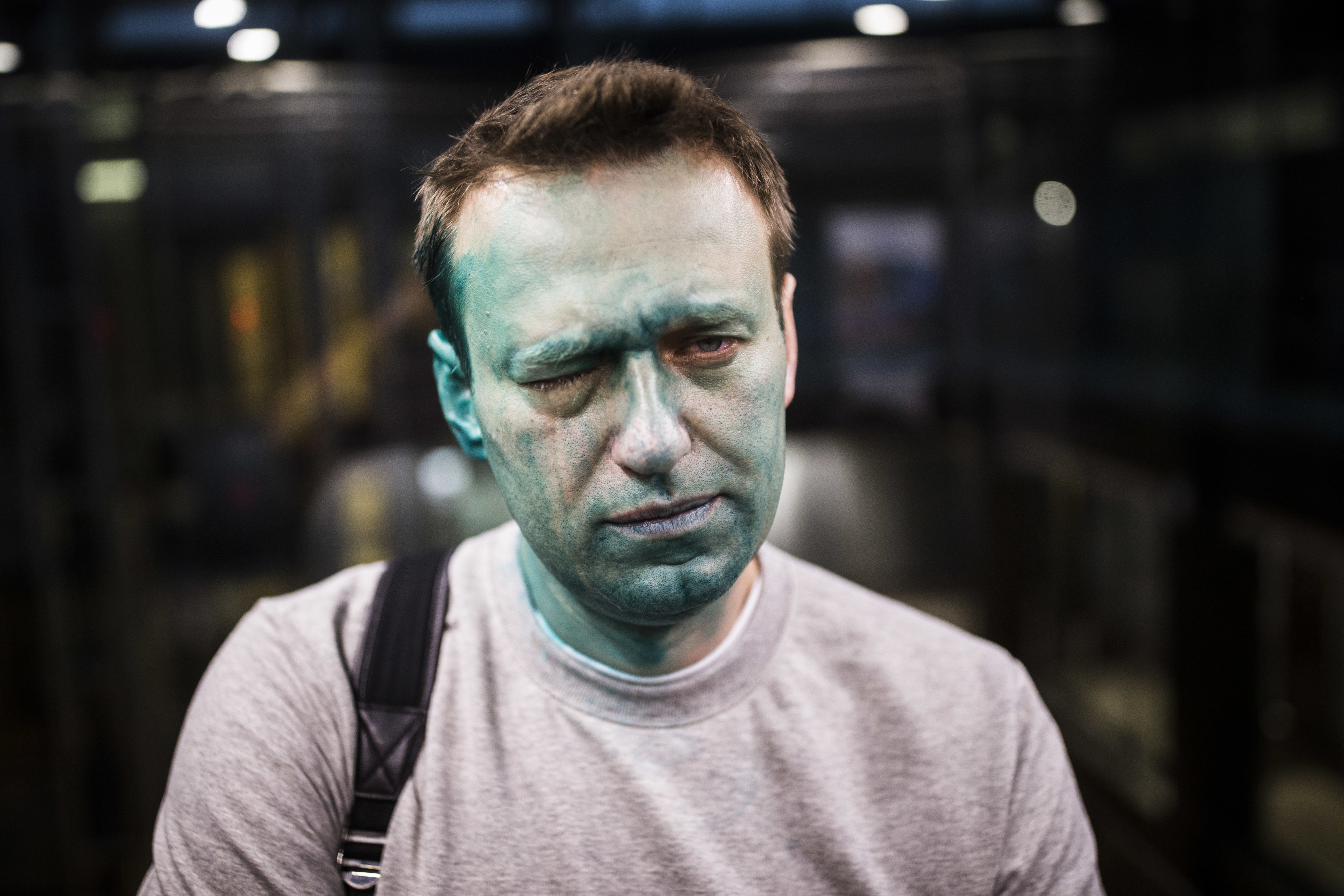
"It looks funny but it hurts like hell" was the tweet from Aleksei Navalny after being splashed with "zelyonka," a green antiseptic often used in attacks against opposition figures in Russia, for the second time in as many months.
For Evgeny Feldman, who shot this portrait shortly after Navalny left the hospital, it was the latest in a series of assaults on Navalny that the photographer had documented. Feldman told RFE/RL by Skype that "for two months before [the April 27 attack], every single trip the campaign made across Russia we had some attacks on us, with zelyonka, or ink, or eggs being thrown."
And the attacks were taking their toll. "Of course there were some moments when he was downbeat and hurt, and feeling that this attack was some kind of risk to his health or his looks." But Feldman said that the "rage" Navalny had toward his security detail and staffers after the assault passed quickly. "He realized that the worst thing he could do was to let the attackers influence the way he works. Because if this were a way to stop him then they would carry out more attacks. "Immediately after Navalny paused for this portrait, with his right eye chemically burned, Navalny headed into his office to host his live YouTube show.
There have been no more such attacks on Navalny, which Feldman puts down to those behind the violence realizing that "it was counterproductive and they were making him a victim and a martyr."
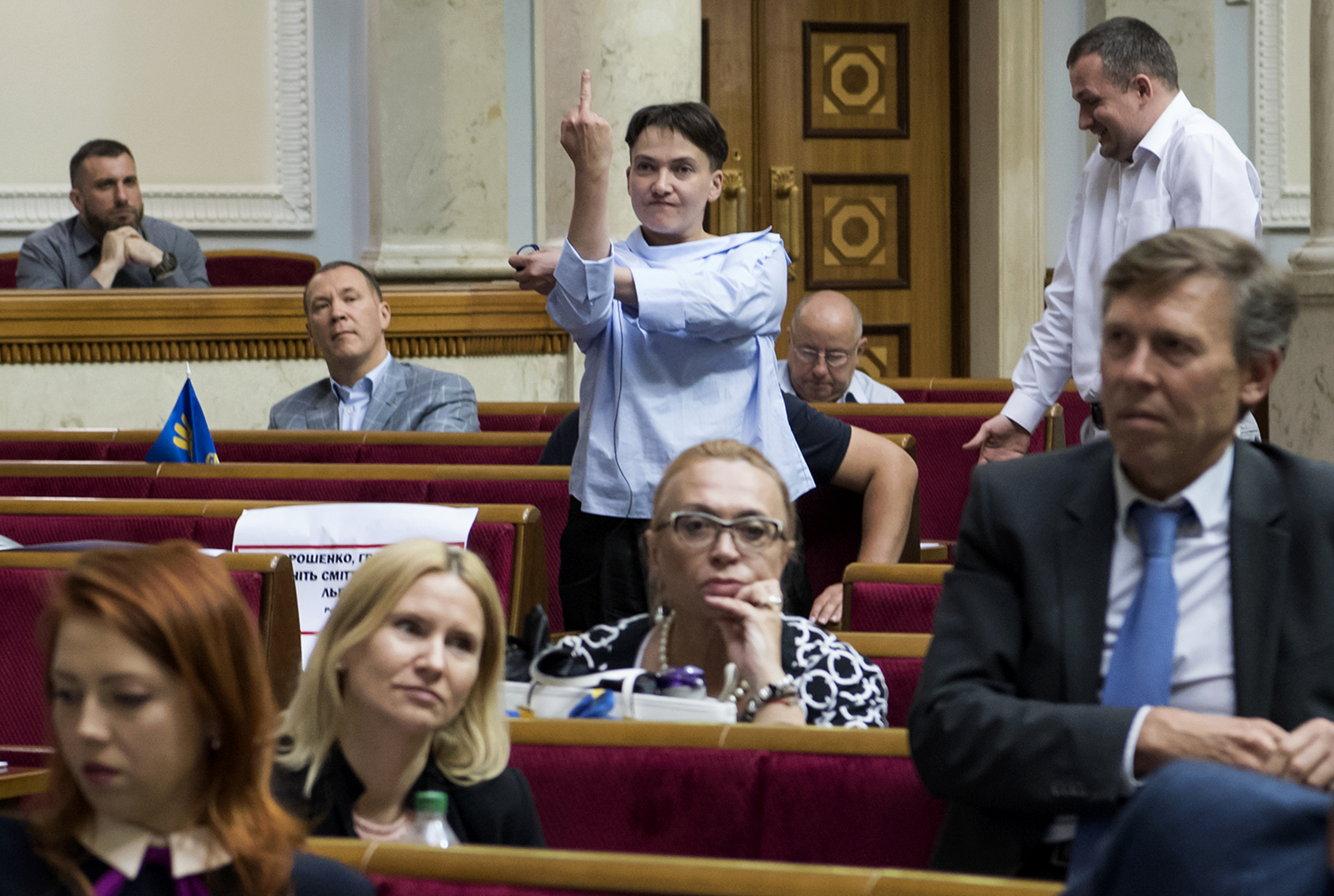
While imprisoned in Russia, captured Ukrainian military navigator Nadia Savchenko symbolized Ukraine's strength in the face of Russian aggression, and the image of her giving the finger to a Russian judge during her trial was widely celebrated. In the relative freedom of Ukraine's parliament, however, the gesture was less popular.
Photographer Vladyslav Musiienko was covering a parliament session on June 22, a year after Savchenko's return to a hero's welcome in Ukraine, when the hall suddenly echoed with shouts. He told RFE/RL in a Facebook message that "I spun around and started taking photos without really understanding what was going on. I learned later that the shouts and gesture was Savchenko's reaction to the speaker [of parliament], who had raised some issue about voting."
Musiienko won't comment on Ukrainians' attitude today toward Savchenko, whose star has waned significantly since her release, but says that "for me, this picture is an example of how you cannot behave in parliament."
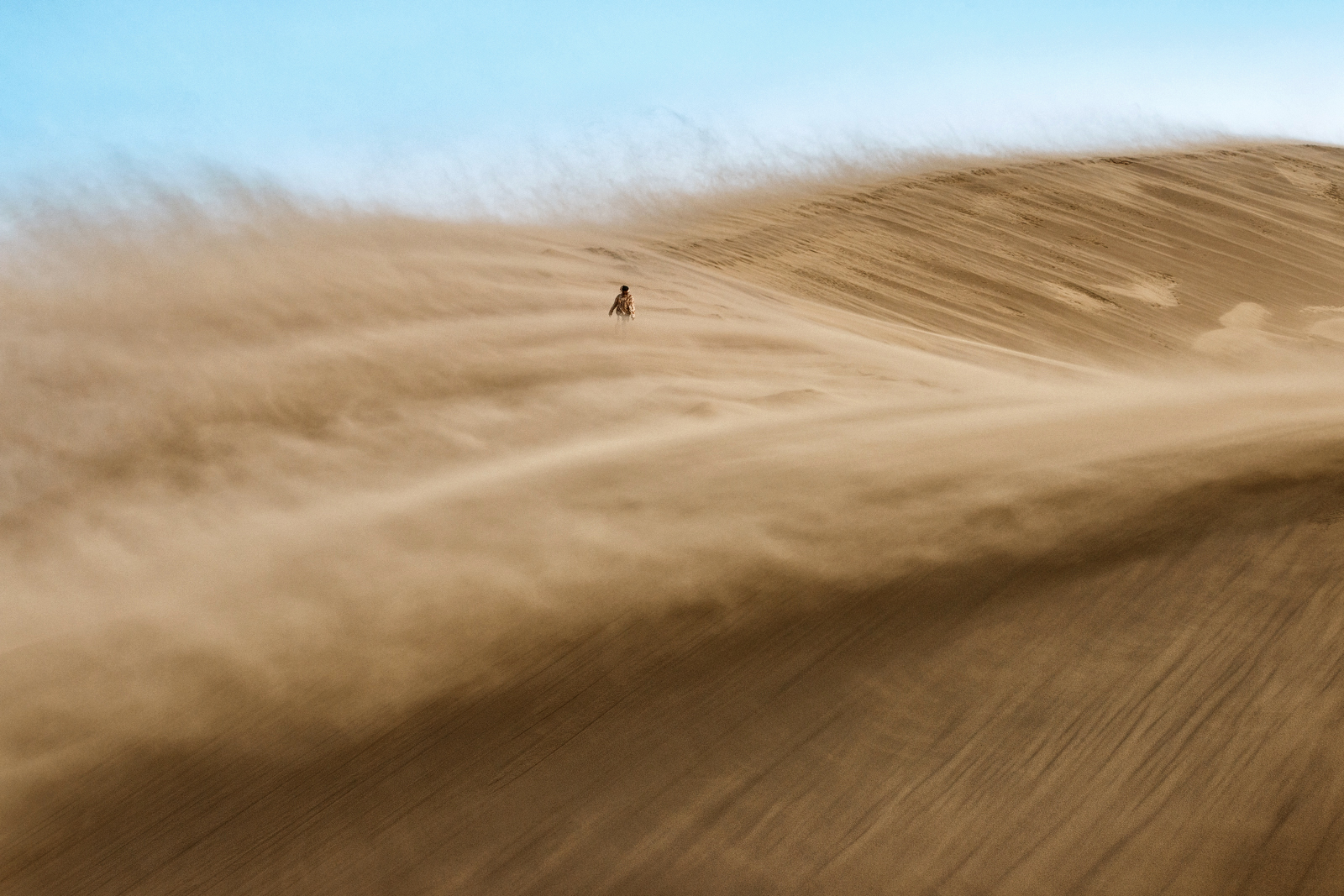
Alesya Osadchaya had travelled from Moscow to see eastern Kazakhstan's famous "singing dune," but arrived to a desert screaming under a full-blown gale.
The amateur photographer, who trains veterinarians, told RFE/RL by phone that "the wind was throwing a plume of sand 20 meters off the top of the dune." The gusts that day were so strong that a park ranger decided to walk up the dune alone to check whether it would be safe for tourists to ascend. When the ranger walked back down to the group a gust swept up the dune and engulfed the ranger in stinging sand as Osadchaya snapped this image.
Surprisingly, the ranger decided it was safe enough, and 20 minutes later 1.5 meter Osadchaya was nearly blown off her feet as she walked up the spine of the dune. The conditions that day were so spectacular that both this and another tourist's photograph became finalists in the 2017 National Geographic Nature Photographer of the Year contest.